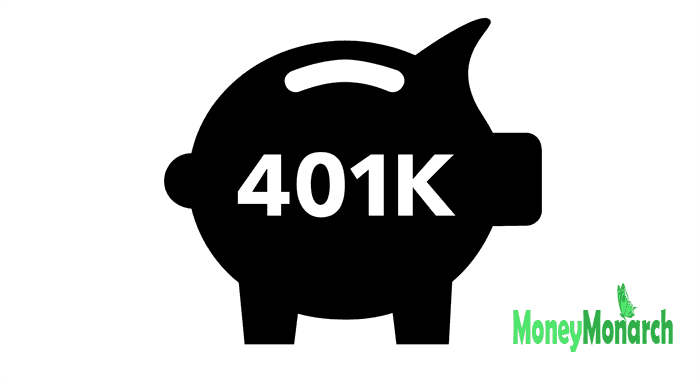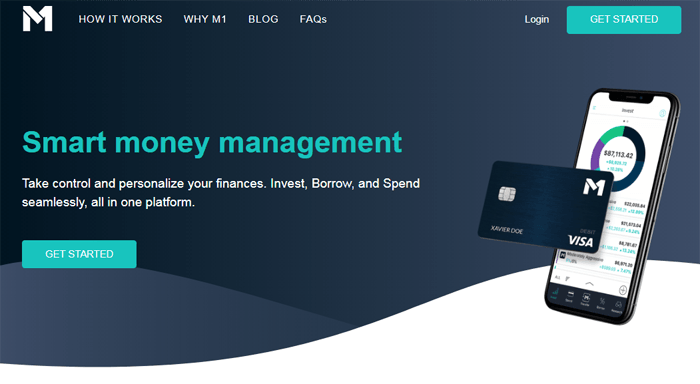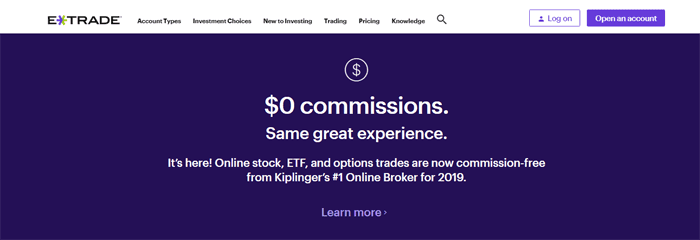How to Rollover Your 401(k) (Should You?)
So you have a 401(k) with your current employer. You spend a few years working hard and stuffing it full of money like a responsible saver.
After those few years, you get a job offer from another company with a 10% salary bump. You’re ready to jump ship, but then you remember you have a 401(k) at your current employer with thousands stashed away.
What do you do with that 401(k)?
Don’t worry; your employer doesn’t get to take it for themselves. You can perform what’s known as a “rollover” to bring your 401(k) with you or turn it into something else entirely.
Read more to find out how to roll over you 401(k), and whether or not you should.
What is a 401(k)?
A 401(k) plan is an employer-sponsored retirement plan, meaning employers can offer it to their employees as a benefit. It get its name from subsection 401(k) of the Internal Revenue Code, where the plan is defined.
Employees contribute money to their account, which is then invested in their (limited) choice of funds.
401(k) contributions are pretax; any contributions made to 401(k)s avoid being taxed.
Almost every employer offers a 401(k). They usually offer “matching”, meaning they’ll match your contributions (usually dollar-for-dollar, sometimes less) up to a certain percentage of your salary.
What is a 401(k) Rollover?
Being employer-sponsored, your 401(k) doesn’t move around with you the same way that a generic investment account might. You can either leave it with your previous employer, take distributions, cash it out, or roll it over into a new account.
The middle two choices are rare due to possible tax penalties and whatnot, leaving us with “take it or leave it behind”. In other words, roll it over or leave it with your old employer.
Rolling over to an IRA is an excellent move for your money.
Why Should You Rollover Your 401(k) Into an IRA?
Several reasons, actually. But first, a quick definition of IRAs.
An IRA (Individual Retirement Account) is a tax-advantaged retirement account. It comes in two forms: traditional and Roth. Each type has their strengths and weaknesses.
Now that we know that, why should you rollover your 401(k) into an IRA?
- IRAs have a more diverse array of investments
- Investments are cheaper in IRAs than in 401(k)s
- Account fees are generally cheaper
- More early withdrawal loopholes – certain expenses (home purchases, college) can be funded with IRA distributions without penalties
Aside from yearly contribution limits, the only real advantage of 401(k)s is that they’re protected better from creditors. If you pay everything on time, this shouldn’t be an issue.
Step-By-Step Guide to Rolling Over Your 401(k)

Rolling over your 401(k) is a more formal process than you might expect. You can’t just ask your former employer to cut you a check or cash out your 401(k) balance and stuff it all into an IRA because the IRS will consider that taxable.
There are a few steps you must go through to prevent triggering any taxes or penalties while seamlessly rolling your 401(k) into an IRA.
Follow these steps exactly to roll over your 401(k) without owing money.
1.) Decide Whether You Want a Traditional or Roth IRA
First, you must decide whether you want to go the traditional or Roth route. You’ll incur taxes by rolling over into a Roth IRA since contributions to Roth IRAs aren’t pretax, whereas traditional IRAs can be rolled over into tax-free.
That’s just one consideration. You’ll want to compare the strengths and weaknesses of each IRA type before making a decision as well.
2.) Open Your Rollover IRA Account
Selected your IRA type? Time to open your Rollover IRA account, which is quite an easy process.
First, you find an IRA provider. When you find one that interests you, you’ll need to provide them some basic personal information such as your Social Security number and birth date.
This part of the process does not take long at all once you’ve chosen your IRA provider.
3.) Ask Your 401(k) Plan for a Direct Rollover
A “direct rollover” means your 401(k) plan will send the money directly to your IRA account, rather than to yourself. You have to request this; your new IRA provider is not allowed to.
Wording here is important. If you don’t ask for a direct rollover, the check might be cut to you, triggering tax liabilities we discussed earlier.
4.) Pick Your Investments for Your “Rolled Over” IRA
Usually, you have to load investment accounts with cash, then you can pick which investment to put your money into.
That’s also how it works with your rolled over IRA. The 401(k) funds will enter your IRA as cash, leaving you to invest it how you see fit. You can either do it yourself or have the plan manage it for you. Keep reading to find out more about that.
How to Pick Your IRA Provider
Some investors prefer to closely monitor their IRAs, while others just want to contribute money and leave someone else to do the management.
IRA providers exist for both types of investors. Your choices of IRA providers depends on which of the two aforementioned categories you fall in to.
“Do It For Me” Investors (Managed Accounts)
Nothing wrong with wanting someone else to handle your money. Let the experts do what they do best, save yourself time, and watch the money grow.
Most “do it for me” services online are robo-advisors. Here are some of the best.
Betterment

Betterment is a leader in the robo-advisor market. They offer both traditional and Roth IRAs.
They even give you a short questionnaire to help you figure out which one is most advantageous for you.
As for investment offerings, they have ETFs with low expense ratios. You can pick either their standard portfolio model or one of a few special ones depending on what you’re looking for.
Betterment has two “levels” of accounts you can open: Digital and Premium. Premium requires an $100,000 account minimum, which isn’t realistic for a lot of people rolling over their 401(k)s, so we’ll talk about Digital.
Digital, their basic plan, has no account minimums and they only charge a 0.25% annual management fee.
Wealthfront

Wealthfront is one of the most hands-off robo-advisors you can sign up for. It administers a short questionnaire for you to determine your risk tolerance and financial goals, then presents you an asset allocation that matches your risk tolerance and goals.
Each time you contribute to your IRA in the future, Wealthfront will invest your funds in a way that maintains the same asset allocation. So if you have 50% of your funds in Stock A, 40% in Stock B, and 10% in Stock C, Wealthfront will ensure those weights remain the same with each contribution you make.
Like Betterment, Wealthfront offers a low 0.25% annual management fee.
Wealthfront does have a $500 account minimum, but you should be set for that since your 401(k) is already flush with cash.
M1 Finance

M1 Finance is works great for both hands-off and hands-on investors. They’re known for their “pie investing” feature. You can choose from one of several “pies”, or portfolio allocations, based on your goals and risk tolerance. Hands-on investors can build their own as well, customizing their investments and their weights within the portfolio.
Then, you can use automatic rebalancing to maintain these weights. M1 Finance will automatically sell the most overweight asset and buy the most underweight asset.
M1 also caters well to those rolling over into an IRA with their Rollover Concierge team. This team guides you through the whole process online, so you don’t have to fill out tons of forms.
As for the technical details: M1 Finance has no account minimums. They also have no-fee IRAs, music to any investor’s ears.
DIY Investors
Prefer to get your hands on your investments and do it yourself? You’ll want to opt for a more traditional broker.
When it comes to portfolio growth, the choice of provider matters less than the investments you choose. Still, you want to consider things like fees, tools, and educational content when picking your broker.
TD Ameritrade

Speaking of the investments you choose mattering the most, TD Ameritrade has one of the largest investment selections on the market. Supplementing their choices are several useful tools and pages upon pages of educational content.
TD Ameritrade doesn’t have any account minimums and doesn’t charge any trading fees, saving you a lot of money. Money that can be invested back into your IRA (providing you don’t hit the yearly contribution limit), of course.
Oh, and TD Ameritrade will give you free money if you roll over a sizable enough 401(k):
- $25,000 – $99,999: $100 free
- $100,000 – $249,999: $300 free
- $250,000+: $600 free
ETrade

ETrade and TD Ameritrade are quite similar for the average investor.
ETrade doesn’t charge trading fees on the majority of their investment choices (aside from futures and mutual funds). They do require their IRAs to have at least $500, but again, few people have 401(k)s with less than $500 in them.
How does it differ from TD Ameritrade in terms of IRAs?
Truthfully, not much. Either one is a good choice. However, if you happen to enjoy trading mutual funds or future apart from your IRA (or if you include either in your IRA), they knock a few bucks off your fee per trade if you make enough trades.














































